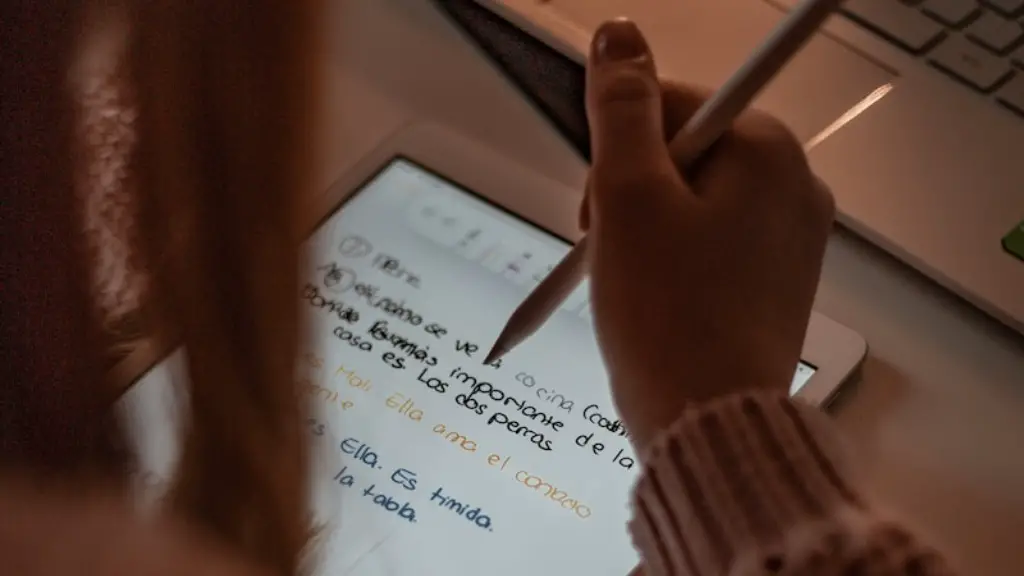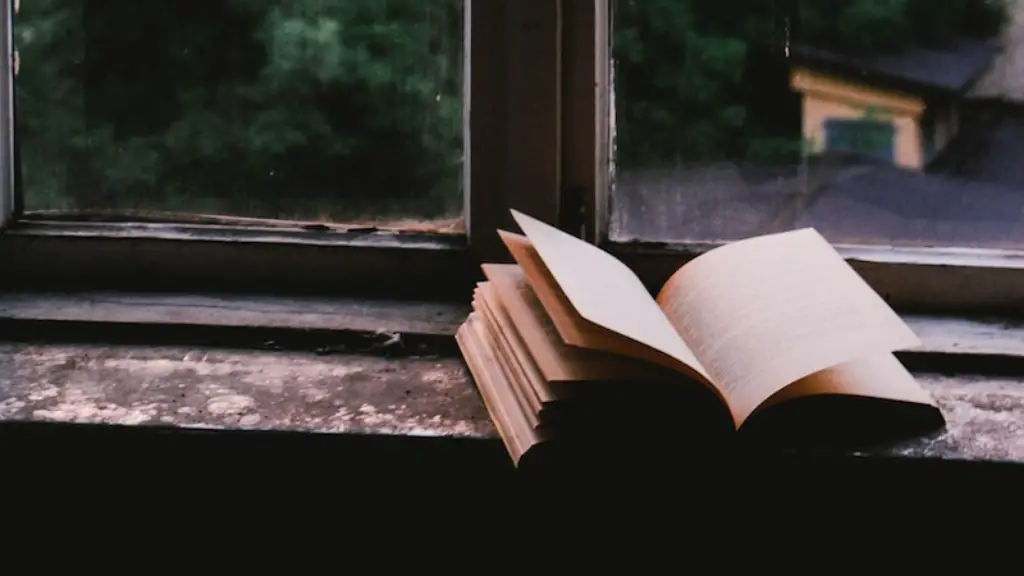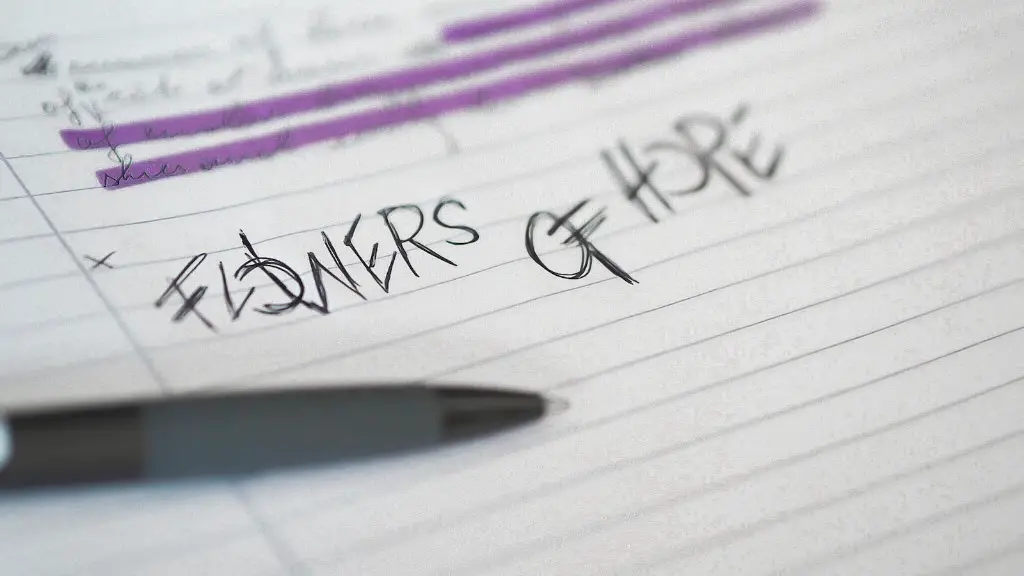Definition of Rhythm in Poetry
Rhythm in poetry is the variety of stresses, syllables, and beats in each line. It gives the poem a “flow” and can affect its emotional impact and how it is perceived. Rhythm is defined as regular recurrence or alternation of different sounds or characteristics, creating a pattern. In the context of poetry, it is the pattern of stressed and unstressed syllables in the line.
Identifying Patterns
To identify rhythm in a poem, one must first become familiar with certain poetic devices such as feet, meters, and scansion. Feet are the basic building blocks of rhythm in poetry. They are a sequence of syllables with a specific pattern of stressed and unstressed syllables. A meter is a unit of verse that is usually composed of two or more feet. Scansion is a term used to describe the process of analyzing a poem’s meter and other poetic devices.
Types of Rhythms in Poetry
In poetry, different types of feet can be used to create different types of rhythms. The most common feet are iambic, trochaic, anapestic, and dactylic. These feet can be combined and mixed to create complex patterns of rhythm. A type of rhythm that is often seen in poetry is free verse, which is poetry which does not adhere to a predictable metrical pattern.
Importance of Rhythm in Poetry
Rhythm is an important part of poetry and helps to create the overall effect and mood of a poem. It can be used to draw attention to certain words or phrases that the poet wishes to emphasize, as well as to create an overall sense of movement and flow. Rhythm also gives the poem a unique sound that resonates with the reader.
Rhythm in Other Forms of Literature
Rhythmic elements can also be found in other forms of literature and media, such as music, television, movies, and even novels. It can be used to draw attention to certain aspects of the story, or to create a certain atmosphere. It can be used to create suspense, to make characters more likable, or to simply provide an entertaining and unique reading experience.
Rhythm as a Tool for Education
Rhythm is a powerful tool for education, as it can help to engage students in the learning process. By integrating rhythm into a lesson, teachers can help students to better understand the concepts and ideas being taught, as well as to foster a deeper appreciation of language and literature. Rhythmic patterns can also help to create a more engaging learning atmosphere.
Effects of Rhythm on Perception
The way we perceive and interpret a poem is largely influenced by its rhythm. Rhythmic patterns can highlight certain words or phrases, alter the focus of a poem, and make the poem seem more meaningful and relevant to the reader. Different types of rhythm can evoke different emotions in the reader, from joy and excitement, to despair and melancholy.
Rhythm in Other Art Forms
Rhythm is an integral part of many art forms, from visual art, to music and dance. Artists often use rhythm to draw attention to specific elements of their work, or to create a certain atmosphere or mood. Rhythm can also be used to add a sense of movement and fluidity to a piece of art.
Musical Influence on Poetry
Music often influences the way poets construct and write their poems. Poems that have a strong rhythmic element often evoke a strong emotional response in the reader, while those without it may not have the same impact. By examining the rhythms of different songs, poets can learn new ways to compose poems.
Rhythm in Poetry Through the Ages
Rhythm has played an important role in poetry for centuries. Ancient Greek and Roman poets used elaborate and intricate rhythms in their works, and today, rhythm remains an integral part of both traditional and modern poetry. It is a tool that can be used to draw attention to certain ideas and create a certain mood or atmosphere.
Effect of Rhythm on Interpretation
The rhythm of a poem can have a powerful effect on its interpretation. By manipulating the rhythm, a poet can emphasize certain words or ideas, create a specific mood, or draw the attention of the reader. Accordingly, when reading a poem, it is important to be aware of its rhythm and how it affects the interpretation of the work.
Function of Rhythm in Poetry
In poetry, rhythm serves a variety of functions. It can create structure and unity in a text, as well as evoke certain emotions in the reader. It can also be used to emphasize certain words or ideas, and draw attention to elements of the poem that the poet wishes to highlight. Finally, it can also add a unique sound and quality to a poem, making it more captivating for the reader.



